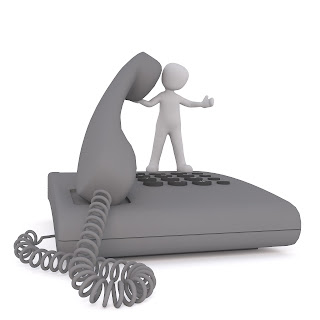Introduction and Definition of Telecommunications:

Telecommunication is the transmission of signs, signals, messages, words, writings, images and sounds or information of any nature by wire, radio, optical or other (related to electricity producing magnetic fields) systems. Telecommunication happens when the exchange of information between communication people (who were part of a study, etc.) includes the use of technology. It is transmitted either electrically over physical media, such as cables, or via (related to electricity producing magnetic fields) radiation. Such transmission paths are often divided into communication channels which afford the advantages of (movie theater building with many screens). Since the Latin term communication is carefully thought about/believed the social process of information exchange, the term, (related to sending and receiving phone calls, texts, etc ), is often used in its plural form because it involves many different technologies.Early means of communicating over a distance included visual signals, such as guiding lights, smoke signals, semaphore telegraphs, signal flags, and optical heliographs. Other examples of pre-modern long-distance communication included sound messages such as coded drumbeats, lung-blown horns, and loud whistles. 20th and 21st century technologies for long-distance communication usually involve electrical and (related to electricity producing magnetic fields) technologies, such as telegraph, telephone, and teleprinter, networks, radio, microwave transmission, (transmitting information by pulsing light through glass fibers), and communications satellites.

A revolution in wireless communication began in the first ten years of the 20th century with the new and interesting developments in radio communications by Guglielmo Marconi, who won the Nobel Prize in Physics in 1909. Other important/famous new and interesting inventors and developers in the field of electrical and electronic (related to sending and receiving phone calls, texts, etc.) include Charles Wheatstone and Samuel Morse (inventors of the telegraph), Alexander Graham Bell (inventor of the telephone), Edwin Armstrong and Lee de Forest (inventors of radio), as well as Vladimir K. Zworykin, John Logie Baird and Philo Farnsworth (some of the inventors of television.
Origin and History Of Telecommunication:
The word telecommunication is a compound of the Greek prefix tele (Ïηλε), meaning distant, far off, or a far way, and the Latin communicare, meaning to share. Its modern use is changed/ready from the French, because its written use was recorded in 1904 by the French engineer and book writer Ãdouard Estaunie. Communication was first used as an English word in the late 14th century. It comes from Old French comunicacion (14c., Modern French communication), from Latin communication (nominative communication), noun of action from past participle stem of communicate “to share, divide out; communicate, tell/give, inform; join, unite, participate in,” literally “to make common,” from communism”.
The history of telecommunication began with the use of smoke signals and drums in Africa, the Americas and parts of Asia. In the 1790s, the first fixed semaphore systems came out/became visible in Europe; however it was not until the 1830s that electrical telecommunication systems started to appear. This article details the history of telecommunication and the people who helped make telecommunication systems what they are today. The history of telecommunication is an important part of the larger history of communication
Early (related to sending and receiving phone calls, texts, etc.) included smoke signals and drums. Talking drums were used by (people in a country who were born there) in Africa, New Guinea and South America, and smoke signals in North America and China. Opposite to what one might think, these systems were often used to do more than only announce the presence of a military camp.
The history of telecommunication began with the use of smoke signals and drums in Africa, the Americas and parts of Asia. In the 1790s, the first fixed semaphore systems came out/became visible in Europe; however it was not until the 1830s that electrical telecommunication systems started to appear. This article details the history of telecommunication and the people who helped make telecommunication systems what they are today. The history of telecommunication is an important part of the larger history of communication
Early (related to sending and receiving phone calls, texts, etc.) included smoke signals and drums. Talking drums were used by (people in a country who were born there) in Africa, New Guinea and South America, and smoke signals in North America and China. Opposite to what one might think, these systems were often used to do more than only announce the presence of a military camp.
Different Ways And Sources Of Telecommunications:
- Smoke Signals
- Talking Drums
- Semaphore System
- Beacons and Pigeons
- Telegraph
- Telephones
- Radio
- Television
- Video telephony
- Computer Network
- Fax Machine
- Internet
- Satellite
- Mobile Phones
- Smartphone













0 Comments